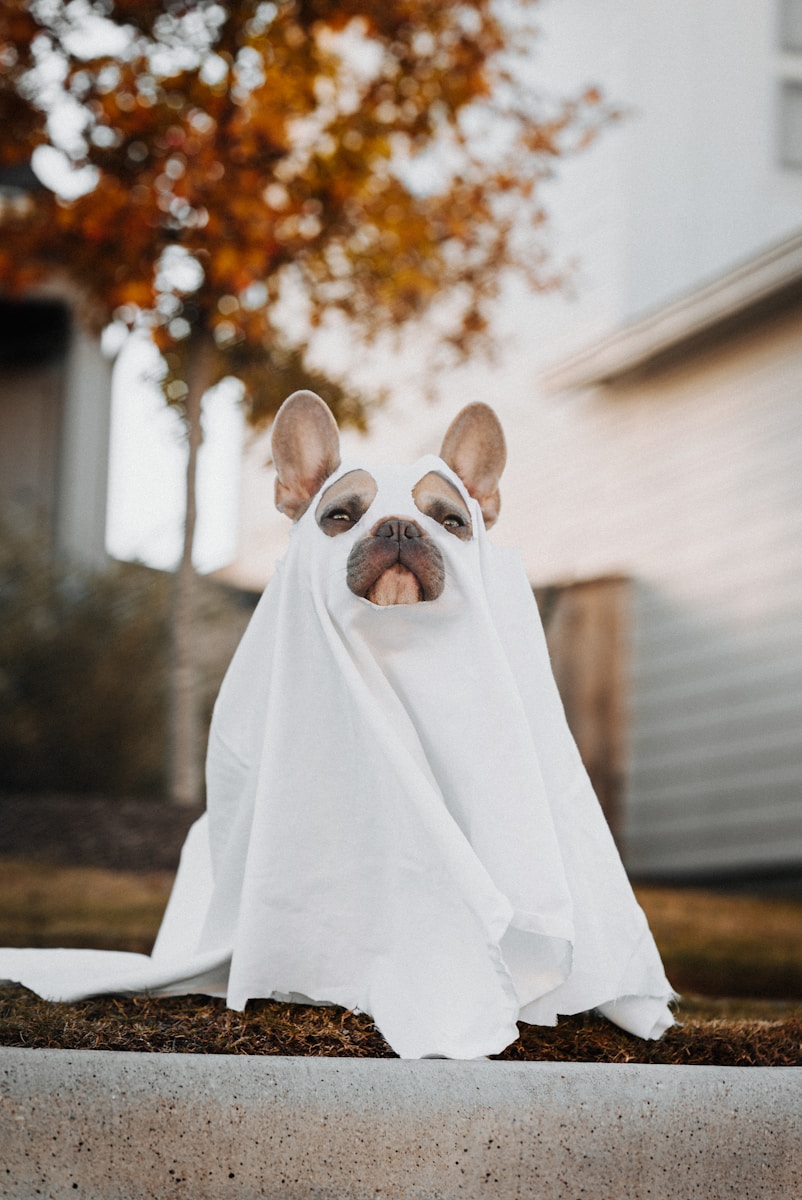Keeping your pets safe during Halloween night is essential for ensuring that they enjoy the festivities just as much as you do. Halloween can be a fun time filled with costumes, treats, and parties, but it also presents unique risks for pets.
From candy to decorations, there are numerous hazards to be aware of. Here are five pieces of advice to help keep your furry friends safe on Halloween night:
1. Watch Out for Toxic Treats
One of the most significant dangers on Halloween is the abundance of treats, many of which can be toxic to pets. While you might enjoy indulging in sweet treats, it’s crucial to ensure that your pets don’t have access to harmful foods.
Common Toxic Treats:
- Chocolate: Many pet owners are aware that chocolate is poisonous to dogs, but it’s also harmful to cats. The darker the chocolate, the more toxic it is due to higher levels of theobromine. Even small amounts can lead to symptoms like vomiting, diarrhea, and in severe cases, seizures.
- Candy with Xylitol: This artificial sweetener is commonly found in sugar-free candy and gum. Xylitol can cause insulin spikes in pets, leading to liver failure and hypoglycemia.
- Grapes and Raisins: Although not typically associated with Halloween, it’s essential to keep grapes and raisins out of reach, as they can cause kidney failure in dogs.
- Other Sweets and Baked Goods: Keep all sweets, baked goods, and snacks out of reach. Some ingredients, such as macadamia nuts or certain types of icing, can also be harmful.
Tips to Prevent Access:
- Store treats in sealed containers and place them on high shelves.
- Educate children about the importance of keeping candy away from pets.
- Be cautious when distributing treats; always check that pets are secured away from the door.
2. Create a Safe Space at Home
Halloween often brings strangers to your door, whether for trick-or-treating or parties. This increase in noise and activity can be stressful for pets, especially those that are anxious or shy.
Creating a Safe Haven:
- Choose a Quiet Room: Select a quiet room away from the front door for your pets during trick-or-treating hours. This will provide them with a peaceful environment, away from the noise and excitement.
- Comfort Items: Make sure the space includes their favorite toys, blankets, and perhaps even a comforting piece of your clothing to help them feel secure.
- Calming Aids: Consider using calming sprays or diffusers specifically designed for pets, which can help reduce anxiety during stressful situations.
Signs of Stress in Pets:
- Panting, whining, or hiding
- Excessive barking or destructive behavior
- Changes in eating or bathroom habits
If you notice these signs, ensure your pet has a quiet, comfortable space to retreat to.
3. Be Cautious with Costumes and Decorations
While dressing up pets can be a fun Halloween tradition, not all pets appreciate costumes. Additionally, decorations can pose risks to curious pets.
Costume Considerations:
- Comfort First: If you choose to dress your pet, ensure that the costume fits well, is made from safe materials, and doesn’t restrict movement or breathing. Avoid costumes with small parts that could be chewed off and ingested.
- Trial Run: Allow your pet to try on the costume before the big night to ensure they are comfortable. If they show signs of distress, it’s best to skip the costume.
Decoration Dangers:
- Strings and Small Items: Be cautious with decorations like tinsel, ribbons, or small ornaments. These can pose choking hazards or cause digestive issues if ingested.
- Candles and Lights: Use flameless candles instead of real ones to prevent any risk of fire. Keep cords from lights and decorations out of reach to prevent chewing.
4. Be Mindful of Door Safety
With a constant stream of trick-or-treaters, your front door will be busy on Halloween night. This can pose risks for pets that may dart outside or become stressed by the commotion.
Preventing Escape:
- Secure the Area: Make sure to keep your pets in a secure area of the house during peak trick-or-treating hours. Use baby gates or closed doors to prevent them from running outside.
- Identifying Pets: Ensure that your pets have proper identification, such as collars with ID tags and microchips, in case they do escape.
- Practice Commands: If your pet is trained, practice commands like “stay” or “come” before Halloween to reinforce good behavior around the door.
Dealing with Visitors:
- When opening the door, try to do so quickly and efficiently. If possible, have someone else distribute candy to limit the number of times the door is opened.
5. Be Aware of Seasonal Hazards
Halloween also brings seasonal hazards that may not be immediately obvious. From pet costumes to spooky decorations, it’s essential to remain vigilant.
Seasonal Plant Dangers:
- Pumpkins and Gourds: While not toxic, too much pumpkin can lead to digestive issues. Ensure pets don’t chew on or ingest decorations.
- Candies and Treats: Be mindful of any leftover treats that might be lying around. Secure them in containers and ensure they are out of reach.
Weather Considerations:
- If you take your pets outside for any reason, ensure they are appropriately dressed for the weather. Cool nights might require sweaters or jackets for smaller breeds.
- Check for any potential hazards, like broken glass or debris, that may have accumulated in your neighborhood due to Halloween parties or festivities.
Happy Halloween
Halloween can be a fun and festive time for families, but it’s crucial to remember that our pets require extra care and attention during this season. By being aware of potential dangers, creating a safe space for them, and practicing preventive measures, you can help ensure your furry friends have a safe and enjoyable Halloween.
By taking these steps, not only can you protect your pets from harm, but you can also enjoy a worry-free Halloween celebration. Celebrate the joy of the season while keeping your beloved pets safe and sound!





